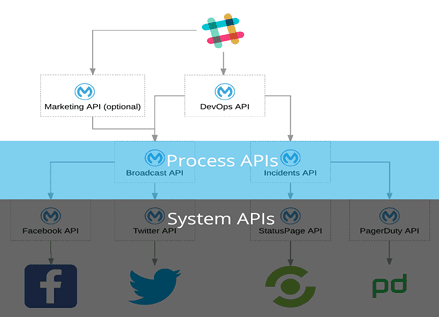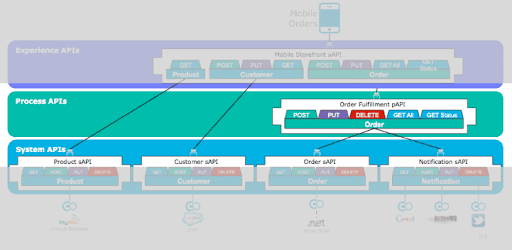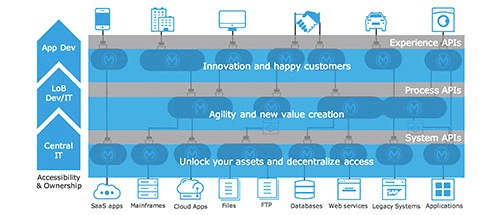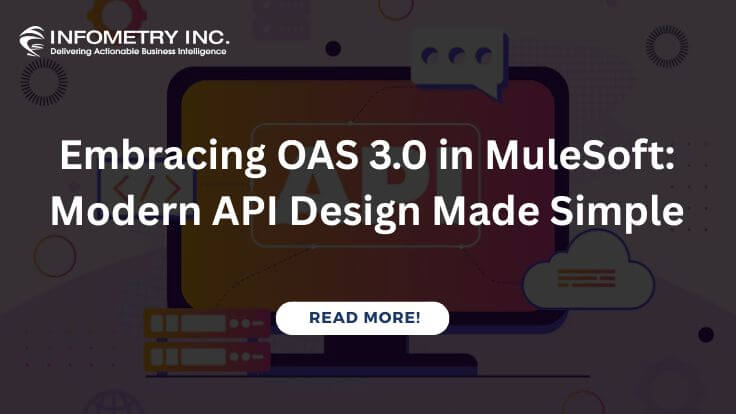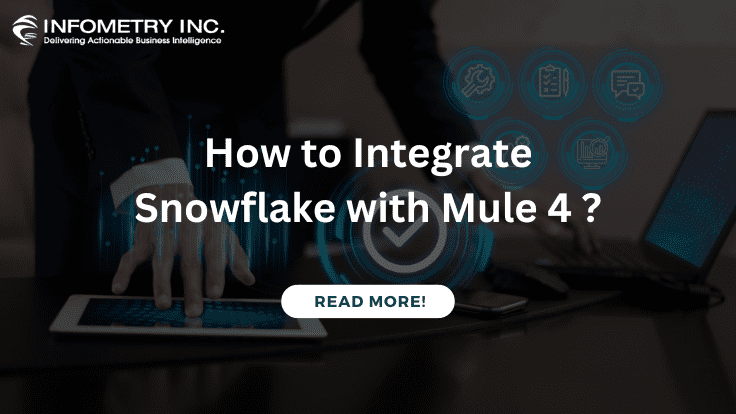
How to Integrate Snowflake with Mule 4 ?
December 9, 2020
Extracting CDATA as an Attribute Value From Adaptive Insights
January 5, 2021Microservices in Mulesoft
Microservices which is also known as the microservice architecture is an architectural style that structures an application as a collection of services that are highly maintainable and testable and which are loosely coupled and Independently deployable Organized around business capabilities. It enables the rapid, frequent, and reliable delivery of large, complex applications.
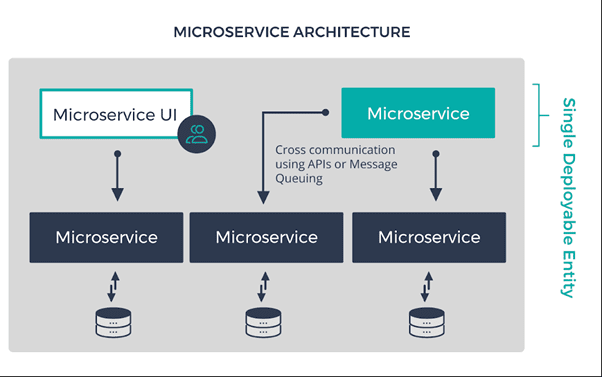
Why Microservice?
Microservices are faster to build, test, and deploy, they also add reliability to the mix. If a fault occurs, for example, it will only affect users of that specific service rather than the entire IT stack.
microservice architecture are also easy to scale and can be changed, updated, and deployed in a simple, automated manner. For developers, microservices mean greater flexibility and productivity, allowing them to independently develop and deploy services in smaller teams, and code in the languages and frameworks they’re most comfortable with.
Using microservices, your code is broken into independent services that run as separate processes. The output from one service is used as an input to another in an orchestration of independent, communicating services. Microservices is especially useful for businesses that do not have a pre-set idea of the array of devices their applications will support.
Microservices and API
APIs bridges the gap between microservices and traditional systems and also make it easier to build and manage microservices wherein using API strategy companies can expose the functionality of microservices as products, which can lead to both internal and external business value. An API strategy that is used by numerous companies to expose all services on-premises or cloud etc., is API-led connectivity.
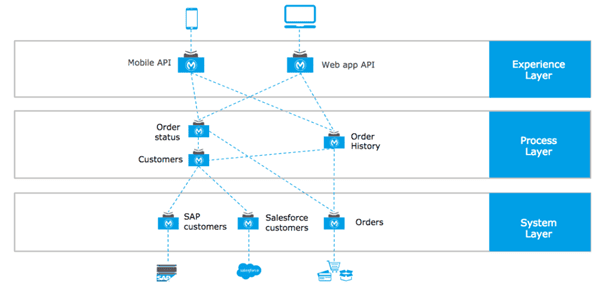
The main purpose of API-led connectivity is to enable the integration flows to be reused by many parties and to be reused inside the integration platform. Through reusability, the developers can evolve their logic in faster and safer ways. Wherein the development process becomes faster. By combining the microservices architecture with an API-led connectivity approach, companies can reduce development time and deploy applications 3 to 4 times faster. The APIs are based on three distinct layers: System, Process, and Experience
System API Layer:
microservice architecture It helps users in getting users to the records of the systems and insulates them from any complexity or changes to the systems. System APIs provide a means of accessing these underlying systems of records and exposing the data in canonical formats. These APIs usually access core systems like ERP, billing, proprietary software, etc.
System APIs provide a means for insulating the data consumers from the complexity of the changes to underlying systems they integrate with, typically support more than one value stream and/or enterprise capability. Defining business ownership in these shared usage contexts can be complex
Process API Layer:
Process API is mainly for orchestration if you want to orchestrate multiple system API you can do that in the process layer. It doesn’t connect to core systems but with the system layer APIs to access data. The orchestration involves the aggregating, splitting, and routing of data. The main purpose of Process APIs is to strictly encapsulate the business process independent of the source systems from which the data originates.
API templates encapsulate the five most common integration patterns into process APIs, such as migration, broadcast, aggregation, correlation, and bi-directional synchronization wherein It doesn’t connect to core systems but with the system layer APIs to access data.
Experience API Layer:
The experience layer mainly interacts with the client. For example, if a client needs to receive the file in some location then if it is exposed as a rest or soap that could be called an API-based service that is an experience layer or experience API. Experience APIs are how data can be reconfigured easily to meet the needs of multiple users. Also, we can remove unnecessary methods and expose only the necessary methods in Experience APIs in a simple way.
They are the final products of an organization in the API-led connectivity approach. This API involves the transformation of data and reconfiguring the data as per the user’s needs wherein the enterprise data will be accessed by many users. As the users may expect different data formats, for example, JSON while others may need XML or any other format. Experience layer APIs take the data from a common source and transform the data into various formats
Advantages–
- Microservice Architectureis that they have the potential to increase agility and productivity for implementing enterprises
- It will speed time to market for new business initiatives. As the new business services are developed through a combination of new microservices and the reuse of existing microservices. The resulting new service can be rapidly deployed and tested
- There is the minimal impact of a failure using microservices as your entire application is decentralized and decoupled into services that act as separate entities
- As the applications are implemented in smaller increments that are independently testable and deployable, you can get your application and services to market quicker and which can be easier in debugging and maintenance
- Each service is a separate component, you can scale up a single function or service without having to scale the entire application in which increases the scalability
Conclusion–
Businesses need to implement microservice architecture because of their ease of deployment and agile nature, but if not managed properly, this architecture can create disorganization and a lack of governance. Products developed with a microservices architecture will also need to be integrated with legacy technology stacks,



